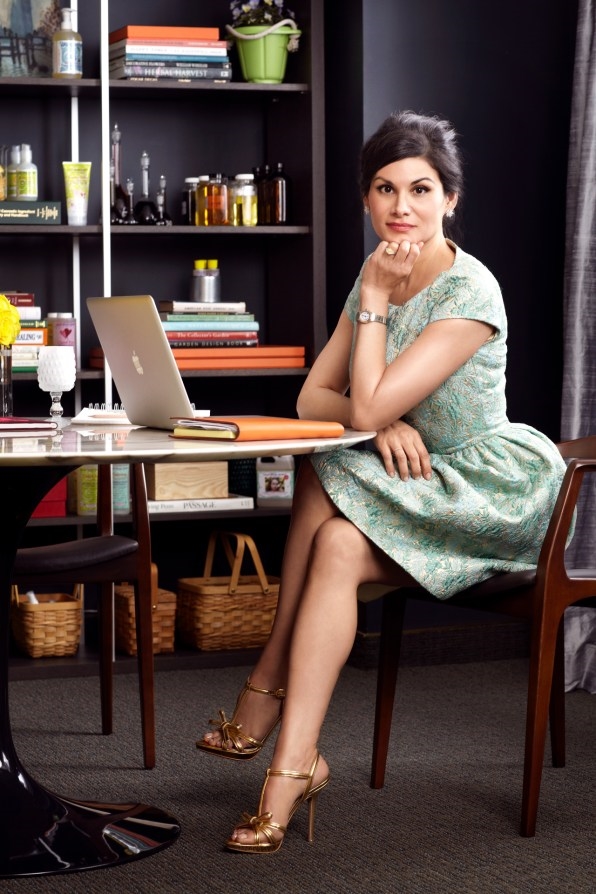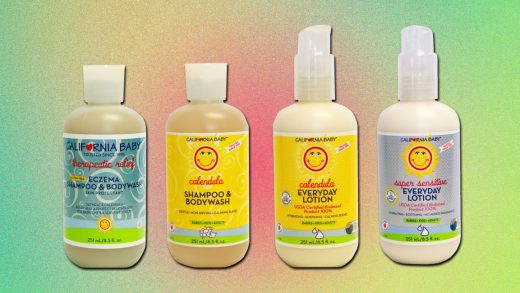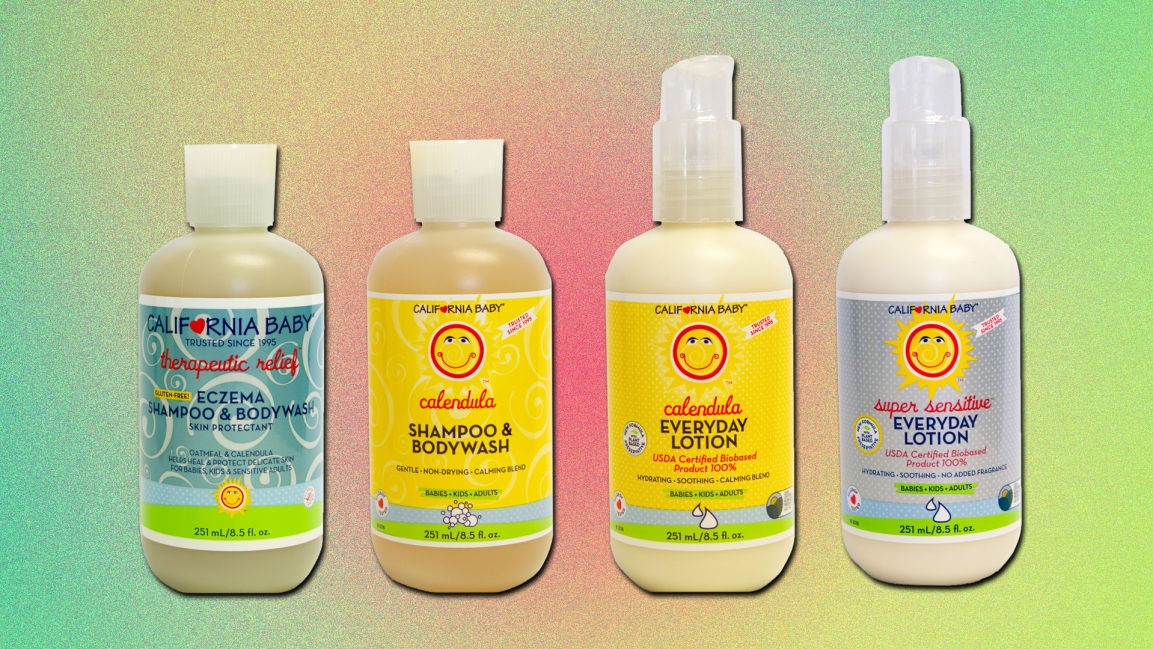California Baby is now packaged in 100% postconsumer recycled plastic
For over 20 years, concerned parents who wanted The Best for their precious progeny have turned to California Baby‘s line of plant-based, sulfate-free, sensitive skin-friendly, non-GMO, gentle creams, shampoos, and bath products. The company’s founder has realized, though, that the best way to take care of the world’s children is to do her part to make sure they have a planet to live on.
That’s why on the brink of its 25th anniversary, California Baby is changing the way it packages its products: it’s switching to 100% postconsumer recycled plastic packaging. The transition to 100% recycled plastic packaging for 8.5 oz. product in stores and online will be complete this month, with the goal of transitioning the remaining packaging in 2020.

[Photo: courtesy of California Baby]
“Plastic is very recyclable—the problem is that companies are not utilizing recycled plastic,” California Baby CEO and founder Jessica Iclisoy tells Fast Company in an email.
Recycling plastic uses less energy than making new plastic and has a lower impact on the environment but can be costlier, which is why so many companies opt to make new, cheap plastic instead of investing in recycling. By leading the way, California Baby hopes to show others in the industry that postconsumer plastic is not only good for the planet—conserving energy and natural resources, reducing greenhouse gas emissions, etc.—but also something that consumers will seek out.
“Our expectation is for consumers to look for products made with recycled plastic so that companies will be motivated, not scared, to use recycled plastic,” Iclisoy writes. “Our hope is for consumers to reuse and recycle these recycled bottles for years to come.”
While California Baby is leading the charge, Iclisoy hopes that others will follow suit. “We pioneer certain ingredients and enforce strict quality control on products, and we hope other companies will follow because it’s good for consumers and the planet,” Iclisoy writes. “We want to create a market for recycled plastic, and we encourage other brands, in the beauty industry and beyond to join in our efforts for a more sustainable future.”
Of course, this is not California Baby’s only green effort. Its manufacturing facility has solar panels that provide up to 80% of its energy, they have high-efficiency machinery that surpasses EPA minimums by 250%, and they cut their carbon footprint by starting their own organic farm. “These were a no-brainer,” writes Iclisoy, “and other companies should do the same. We feel a responsibility as an innovative company to continue to pave the way for sustainability and model it for other companies so we can truly impact future generations.”
All together now in your best Beach Boys impression, “I wish they all could be like California Baby . . . “
(17)



